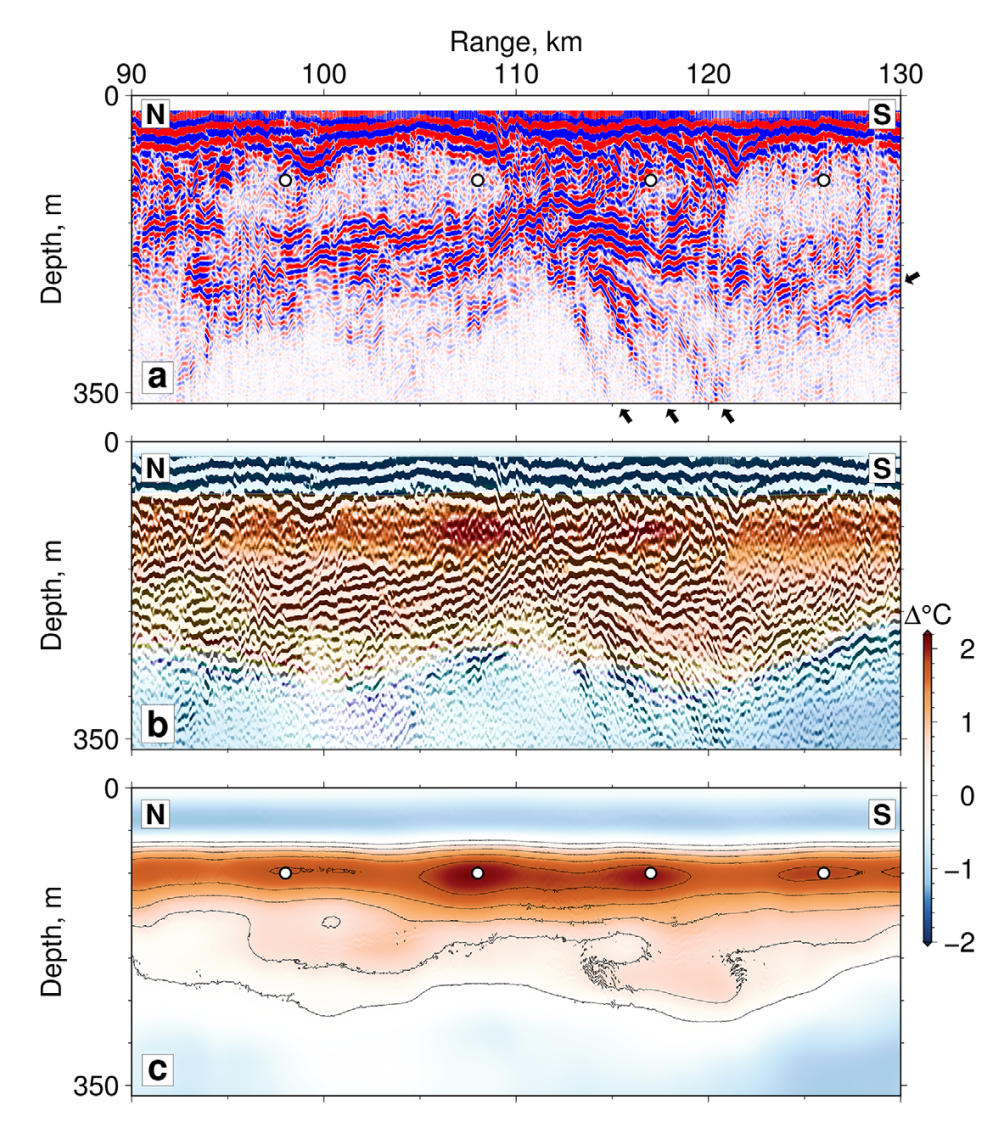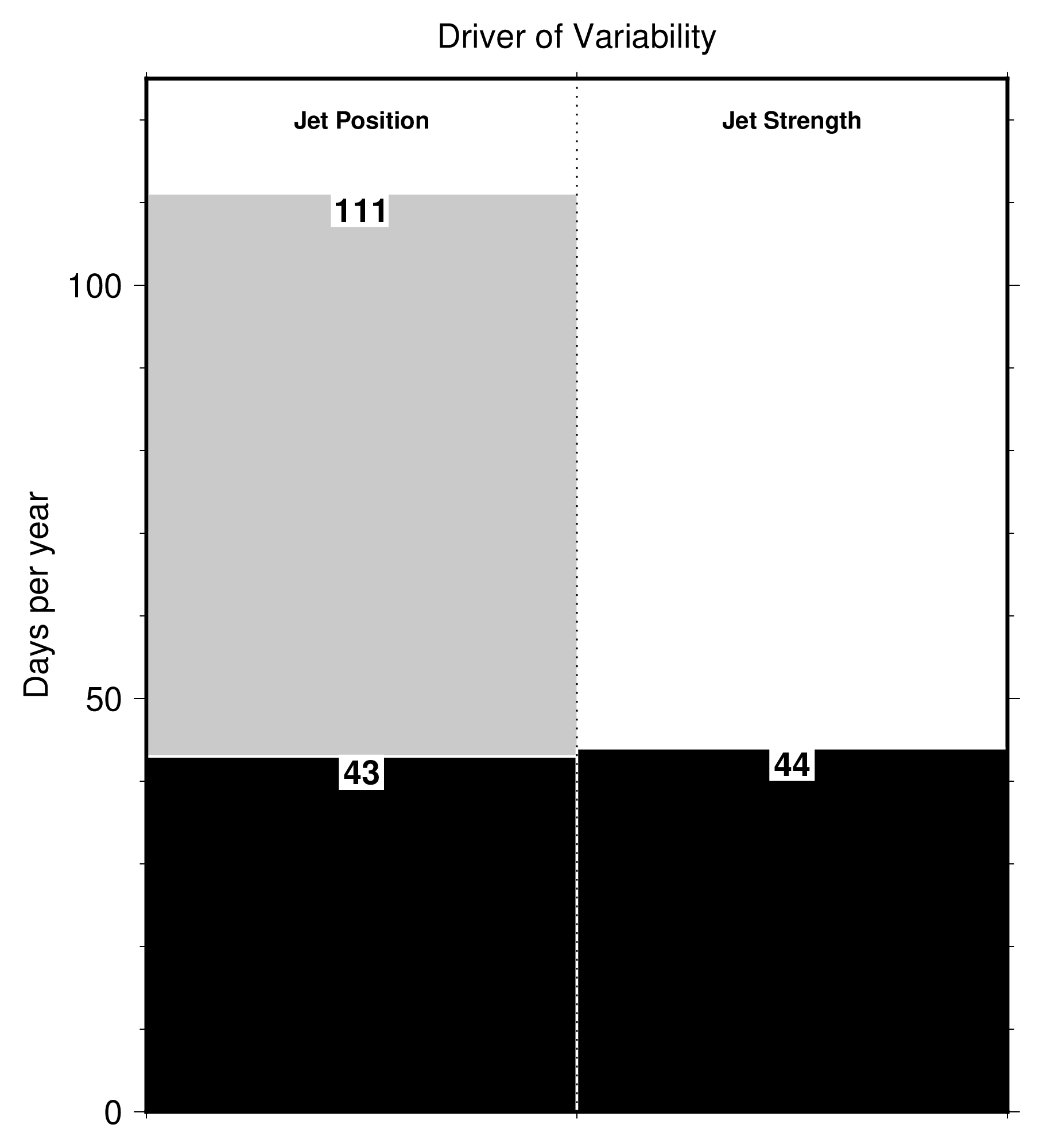Bottom Water Transport around Antarctica
The ocean's meridional overturning circulation describes global-scale north-to-south transport of water masses. It has a large influence on the mean climate state and pace of climate change, as it stores and transfers heat around the globe. Antarctic Bottom Water (AABW) makes up the deepest branch of this circulation. Despite only forming in four locations, AABW fills the deepest 40% of the ocean. But, we have little information about the strength and variability of AABW due to its remote formation locations and deep depths. I combine legacy and state-of-the-art datasets to measure the strength and variability of AABW export.
- Around East Antarctica, we calculate the transport of AABW using a new method combining hydrographic, moored, and model data. We show that a 30% decrease in transport is driven by freshening of Antarctic shelf water. Read the paper here. Read The Conversation article here.

